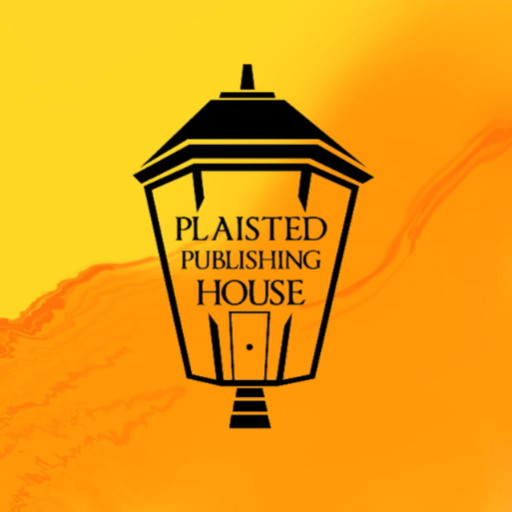Who Knows the History of Traditional Publishing??

Not many. Especially readers. Well, guess what it’s only been around for approx 120 – 150 years at most. Writers used to go out an find a printer who would print copies of their manuscripts, pay them and then the writer would sell their books to the public. Oh, wait! Isn’t this what we do now? Who are some of the writers who printed books prior to publishing houses? Try these and if a reader ever says they would never or have never read a self-published author, then smile and ask them if they enjoyed reading these authors:
Mark Twain, Charles Dickens, Edgar Allen Poe, Jane Austin, Virginia Woolf, Beatrix Potter
Books: The Bible – yep…just think of how old this book is and how many thousands of times it’s been translated, which also means it has probably been mistranscribed hundreds if not thousands of times.
For centuries…Authors have been INDEPENDENT and many of us seem to have forgotten this. Each and every other wrote a story, went to a printer and paid to have their manuscripts turned into leather bound books to sell to future readers. THEY PAID THE PRINTER TO FORMAT THEIR MANUSCRIPT ONE LETTER AT A TIME.
Of course, ideas and technology changed through the years. Printers started to take a share of the sales instead of being paid for the work. Profits soared and TRADITIONAL PUBLISHING was born. Things continued to change and grow. All Books were leather bound until a cheaper way was found. I grew up with hardback books made with coloured hard card covers. Not a picture in sight unless you looked inside the book…mainly children’s. Then you got picture books and magazine…PUBLISHING was making these once PRINTERS rich. As books got cheaper to produce and sell, more ordinary folk started to read. Reading was taught to all children to some extent at school…This depends on the years of schooling and how schooling has changed.
Authors were losing creative control of their work when Publishing Companies bought the copyright to their books. Publishers would only accept manuscripts they could sell at a profit. Yeah, this makes sense, except it left millions of amazing authors behind with stories which should still be read. It meant the public aka readers got an overdose of certain authors…BEST SELLING AUTHOR. Who still created good stories, most of the time because they’d found out how to sell their product and keep readers happy and Publishers in profit.
Then came the INDEPENDENTS again. Wanting to tell, share and even sell their stories. Some good, some terrible and some which should be bestsellers…if only the public knew about them. They began to take out the middleman, stopped giving them a share of the profits, paying contractors to assist them with what they didn’t know or wished to learn. This is where we stand today.
FROM INDEPENDENT AUTHORS who everyone has read to INDEPENDENT AUTHORS who few know about or refuse to read because they aren’t TRAD PUBLISHED.
120 – 150 years of change and we are now coming back to where we started centuries ago. From Writing and Inscriptions on walls and stones to wood, slate and paper.
LOOK INTO YOUR HISTORY OF PUBLISHING BEFORE YOU TRASH
AN INDEPENDENT AUTHOR YOU DON’T KNOW!


10 Responses
Reblogged this on Claire Plaisted – Indie Author and commented:
Food for Thought
Reblogged this on Chris The Story Reading Ape's Blog.
Brilliant post.
I loved the examples of famous authors who self published – I had no idea!
That’s the thing Lorraine. Many readers don’t realise they have been reading Indpendent Authors from their childhood. I mean most people read those brilliant classics…I’ve got a whole set of them. 🙂
It’s interesting how so much not traditional is the traditional publishing. ?
And also, “it left millions of amazing authors behind with stories which should still be read.” so true!
Thank you. I just get fed up with how some readers react to Independent Authors…
Yeah, the publishing business has done a good job persuading people their books are the only ones worth reading. ?
Well said. Have tweeted.
Thank you Cynthia. 🙂
[…] I’d like to invite you to read this post. Then I challenge you to share it with those who thumb their noses at Indie Publishers. via Who Knows the History of Traditional Publishing?? […]